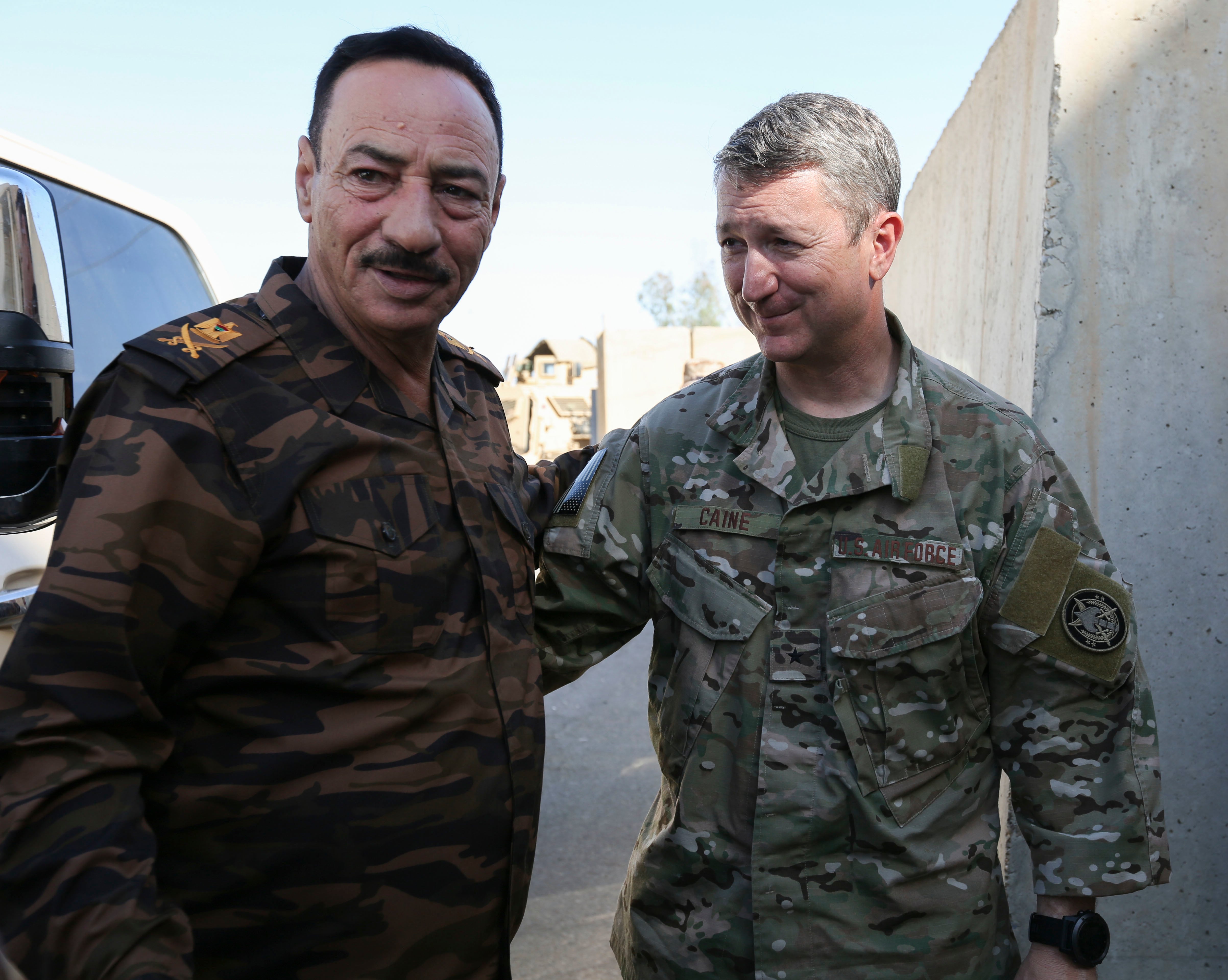WASHINGTON — More ships and aircraft will boost readiness, but what the Defense Department really needs is better firepower, a group of outside analysts told lawmakers this week.
"You have this huge mismatch between the number of platforms we have and the weapons to deliver them and persist in a lot of these fights," said James Thomas, a principal at the defense forecasting firm the Telemus Group. "I would start with the munitions inventory and figuring out how to thicken our density of a whole range of munitions that we simply lack today."
The comments came at a Senate Armed Services Committee hearing on ways to reshape current military structures and priorities to improve military readiness.
Thomas and other witnesses called some current munition stocks "dangerously low" because of budget constraints in recent years, in some cases limiting how effective other state-of-the-art defense technologies can operate.
"Repeatedly in our war games, our bombers operate relatively unscathed by missile attacks, but fail to make decisive contributions to the defense, because they run out of suitable munitions," said David Ochmanek, senior defense research analyst at the RAND Corporation.
"Similarly, the Virginia-class submarine has unparalleled stealth capabilities, and can fight from areas off the coast of adversary states. But it has limited weapons-carrying capacity."
Ochmanek said the solution is the development of smarter, more lethal munitions, both for mid-range and long-range attacks.
"U.S. forces could get much more capability from the existing bomber fleet by expanding inventories of weapons like the JDAM (joint direct attack munition) cruise missile and the MALD (miniature air-launch decoy), and accelerating the development of new weapons such as anti-ship cruise missiles and swarming unmanned aerial vehicles that the bombers could deliver," he said.
The problem is magnified by improvements in foreign adversaries’ military technologies. Ochmanek said many are "fielding large numbers of accurate ballistic and cruise missiles" that nullify tactical advantages once enjoyed by the United States.
"You have got to be able to mount a very strong defense with something that's going to give you a lot of firepower very quickly," said Bryan Clark, senior fellow at the Center for Stategic and Budgetary Assessments.
"A lot of that is going to be missile-based. So you think about surface-to-surface missiles the Army has, missiles that the Navy and Air Force has. That's the kind of firepower that's going to be necessary for that very short period at the beginning of hostilities."
But investment in those areas depends on freeing up funding from other parts of the Defense Department budget, a challenge that senators acknowledged depends on a broader government spending agreement.
"The good news is that our civilian and military leaders at the Department of Defense see this challenge clearly, developing solutions to address these issues," said committee chairman Sen. John McCain, R-Ariz.
"But the progress they have made remains limited because of budget cuts and fiscal uncertainty that prevent effective long-term strategic planning and investment. This is just one more reason why we have to remove the shackles of the Budget Control Act from the Department of Defense."
Reaching a long-term fix to those spending caps has remained impossible for Congress and the White House in recent years.
Republican lawmakers have been hopeful that President Donald Trump’s promises of "rebuilding the military" will lead to removing those caps from military accounts, but Democrats on Capitol Hill have vowed not to allow unlimited increases in defense spending without some concessions for non-military programs as well.
Leo Shane III covers Congress, Veterans Affairs and the White House for Military Times. He can be reached at lshane@militarytimes.com.
Leo covers Congress, Veterans Affairs and the White House for Military Times. He has covered Washington, D.C. since 2004, focusing on military personnel and veterans policies. His work has earned numerous honors, including a 2009 Polk award, a 2010 National Headliner Award, the IAVA Leadership in Journalism award and the VFW News Media award.




